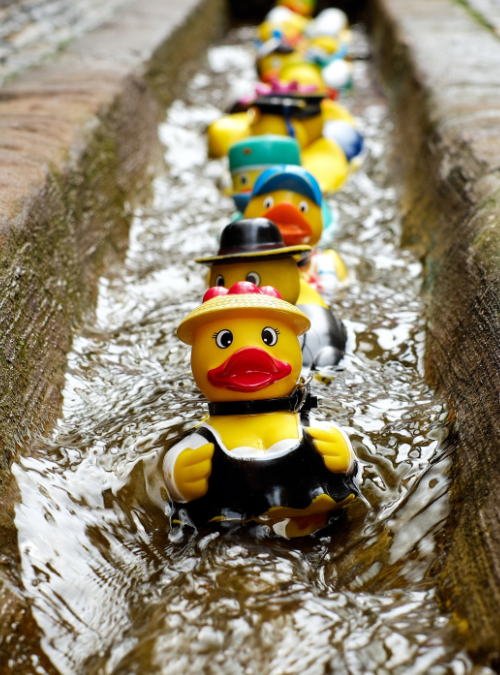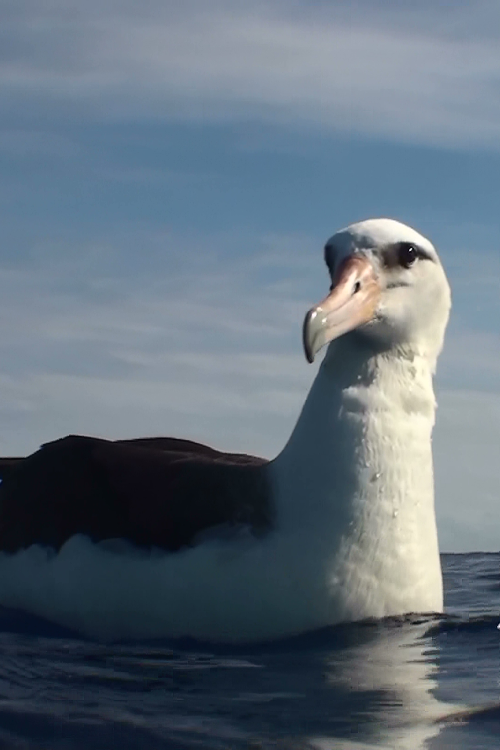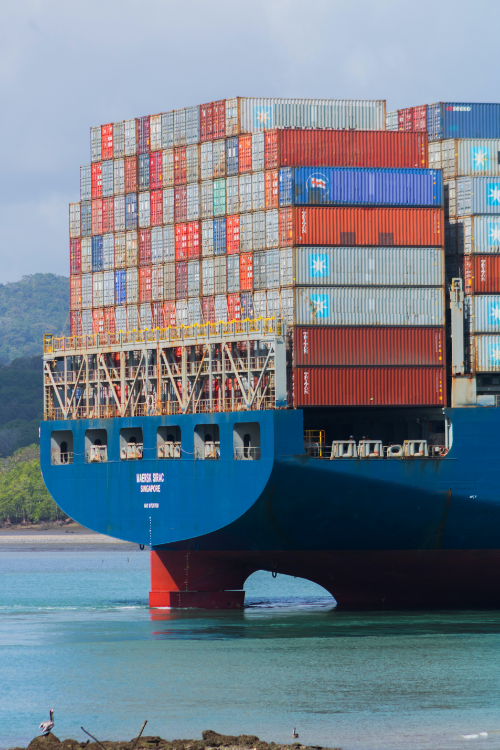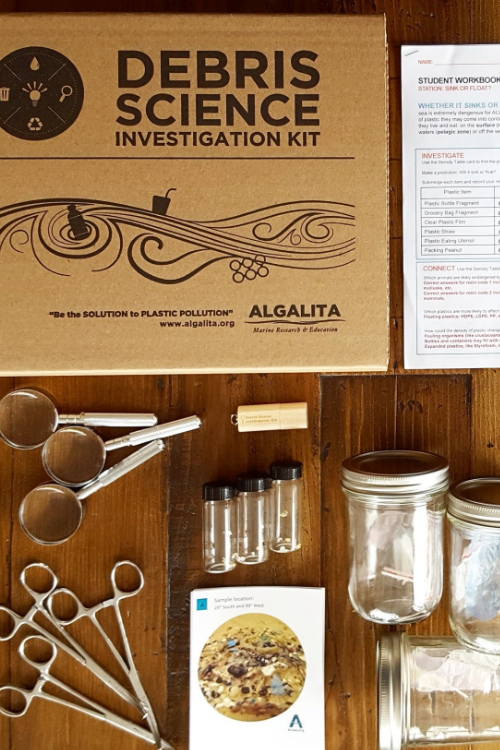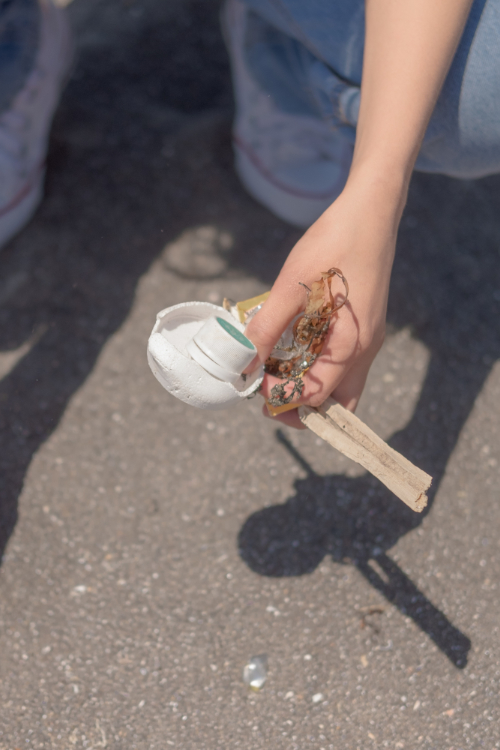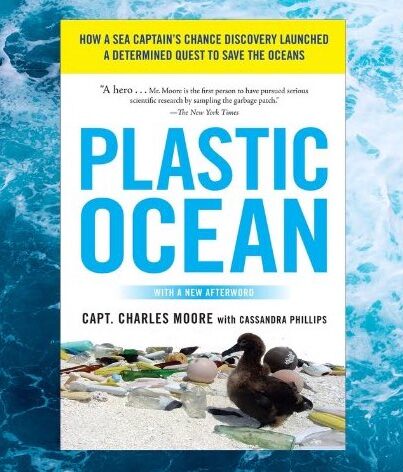
Lesson

Photo Credit: Pixabay.
Investigate how global currents form and influence climate and the distribution of plastic pollution throughout the world ocean.
Grades 6 and up
Time Needed 2-3 hours
Materials and Editable Handouts
Currents and Gyres – Student Worksheet – Google Doc
Currents and Gyres – Presentation – Google Slides
1 set for each group (for activity on Slide 16):
- A baking tray
- 3-4 Potatoes or apples
- 1 teaspoon ground pepper or Italian seasoning
- 2-3 cups of water
- A straw
This lesson was co-created by science educator Neil Leonard and is part of the NGSS MS-ESS 3-3 Human Impact – “Plastic Ocean” Standards Alignment Guide.
Purpose and Context
What are currents?
Currents are important features in the global circulation patterns of the Earth’s Ocean. They transport heat, energy, animals, and nutrients through the oceans and impact regional climates and ecosystems. Ocean currents are formed by systems of interacting forces, including energy from the sun and the rotation of the earth.
Currents actually occur in the air, too! Wind can be thought of as a current of air, moving between areas of different pressure. Currents can also occur in electrical systems as the flow of electrons between areas of different charge.
In general, we can think of currents as movement or flow driven by a differential in temperature, pressure, or charge.
Another example is a convection current. These are currents formed by the rising of hot air or water, or the sinking of cold air or water.
Currents in our atmosphere and ocean:
The Planet Earth is spinning rapidly as we orbit the sun. As the earth spins, light from the sun heats our atmosphere. More direct light hits the land, water, and air near the equator as compared to near the poles. This uneven distribution of heat energy drives the movement of air in our atmosphere and the movement of water in the oceans. These forces and others create complex patterns that determine regional climates. Scientists have learned about these complex patterns by studying changes in our ocean and air circulation with many measuring devices like satellites, weather stations, weather balloons, and buoys in the ocean that collect information on temperature, pressure, humidity, salinity, etc.
Scientists have even learned about how the ocean moves by studying how plastic pollution moves through the ocean.
Plastic debris floating on currents:
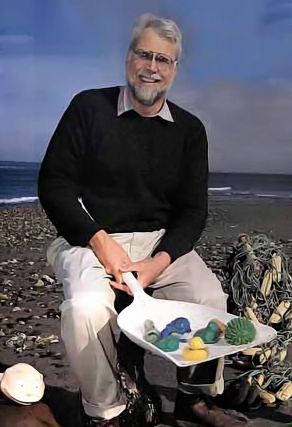
During his 1997 voyage from Hawaii to California, Capt. Moore took a path usually avoided by sailors, and went straight through the doldrums where sailors would often get stuck due to the lack of wind! With a motor on board, they were safe to journey through. They started to see something weird floating in the water – small flecks of something. After scooping some of it out, they found out it was plastic. Why was plastic accumulating out in the middle of the vast ocean?!
In his book Plastic Ocean, Capt. Moore recounts how he worked with other researchers to use plastics and other debris as clues for learning how the ocean moves (how ironic, right!). Curtis Ebbesmeyer, one of these researchers, is known for his investigation of the Friendly Floatees, thousands of bath toys spilled out of a shipping container that fell overboard. As an oceanographer, he was able to deduce information about how the ocean currents travel by where and when the Friendly Floatees were found washed up on shore.
Photo: Oceanographer Curtis Ebbesmeyer with flotsam (including some Friendly Floatees) that he observes to monitor ocean currents. – http://vos.noaa.gov/MWL/dec2001.pdf
Instructions
Guide students through an introduction of the forces impacting the movement of air and water on the planet, the formation of gyres, and how they accumulate plastics using the presentation slides, student handout, and included simulations.
See the notes below each slide for more information.
Associated Standards
Next Generation Science Standards
MS-ESS2-6. Develop and use a model to describe how unequal heating and rotation of the Earth cause patterns of atmospheric and oceanic circulation that determine regional climates.
Did you use this lesson?
Help us track our reach
Related Resources
Lesson: Sources and Sinks
How does plastic get into and impact ecosystems?
Grades 4 and up
30 to 60 minutes
Lesson: Shipping Container Spills - Who is Responsible?
Students will investigate effects of shipping container losses on the environment and engage in a Lincoln-Douglas style debate regarding responsibility of reporting and cleanup.
Co-created with educator Ashley Sarvis
Grades 4 and up
2 hours
Toolkit: A Plastic Ocean Teaching Kit
Investigate the impacts of microplastics on our oceans with 3 rotating activities.
Grades 5 and up
50 minutes
Lesson: Campus Cleanup
Collect and sort trash found at school to help develop a solution for decreasing trash on campus.
Co-created with educator Ashley Contreras
Grades 4 and up
1-2 hours
Standards Alignment Guide: NGSS MS-ESS 3-3 Human Impact - "Plastic Ocean"
This guide will outline our suggestions for how to use a few of our resources to teach about the following Next Generation Science Standards (NGSS) Performance Expectation: MS-ESS 3-3 Apply scientific principles to design a method for monitoring and minimizing a human impact on the environment.
Grades 6 to 8
Variable Timing
Explore more
Take a Swim in the Plastic Soup
Take a virtual swim through a plastic pollution accumulation area in the North Pacific Ocean.
Learn more

